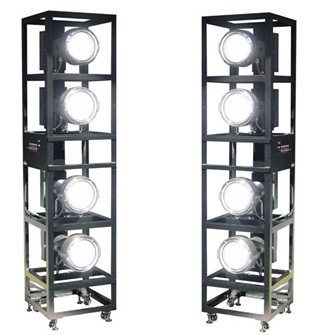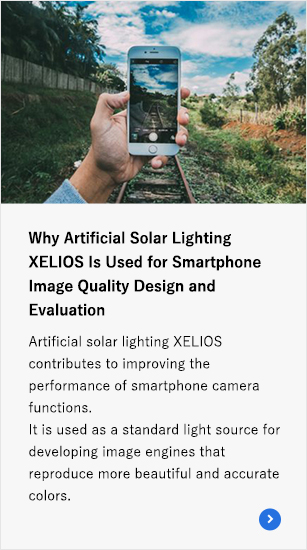
Although sales have been declining recently, there is still demand for digital cameras. DSLRs and mirrorless cameras, among others, have improved in both performance and usability year by year, and demand has been maintained. Compact digital cameras have been replaced by smartphones, but recently, groups holding photo sessions with digital cameras can often be seen in towns and parks.
Smartphone cameras have also improved in performance, but these cameras are originally based on digital camera technology. Without technological innovation in digital cameras, there would be no improvement in smartphone camera performance.
Since the late 1990s, digital camera sales have increased rapidly, and manufacturers have been fiercely competing to improve performance. Thinking that they would lose out to competitors if new cameras were not continuously released to the market, development was carried out around the clock.
The development process includes outdoor photography during the daytime, which is a mandatory step. However, outdoor photography cannot be performed when the weather is bad or at night.
It was during these times that XELIOS artificial solar lighting played an active role.
By using XELIOS, tests can be conducted at any time, allowing development to proceed according to schedule. XELIOS, which can irradiate samples with the same spectrum as sunlight, was highly valued.
Later, when new models with improved performance were released, topics such as 1) performance comparisons between old and new models and 2) performance comparisons with rival manufacturers’ cameras became important. At these times as well, XELIOS played a significant role.
One of XELIOS’s main features is that its spectral characteristics are the same as sunlight, and that its light properties do not change even after long-term use.
Ordinary lighting sees the quality of its light change over time; not for XELIOS, with which it is possible to compare the data measured a year ago with the data measured today.
The manufacturer’s development staff also said that what is good about the artificial solar lighting is that its light does not change.
In summary, the three reasons why digital camera manufacturers adopted artificial solar lighting are:
● The samples can be illuminated with light that is almost identical to sunlight.
● Shooting tests can be conducted in the same environment at any time, regardless of the hour.
● The quality of the light, in other words, the lighting environment for shooting, does not change (it does not deteriorate over time).
The technologies cultivated through digital cameras extend to a wide range of applications, including cameras mounted on drones, in-vehicle cameras for autonomous driving, surveillance cameras for security, and cameras for authentication. In fact, we have received many orders from drone manufacturers and in-vehicle camera manufacturers as well.
Thus, artificial solar lighting can be considered an indispensable light source for the development of various cameras.

The model most commonly chosen by users is the XELIOS XG-500AF. Multiple units of this model are used to illuminate charts and samples.

Additionally, as shown in the photo below, some users use studio lighting that incorporates several XELIOS units into a frame.

With this configuration, it is easier to attach color temperature conversion filters and diffusers, making it possible to conduct evaluations and tests in a wider variety of lighting environments.

For these reasons, many digital camera manufacturers have adopted XELIOS artificial solar lighting for these sorts of applications and are using it as a light source for development purposes.
If you would like to irradiate with the same spectrum as natural sunlight, please feel free to contact us.



